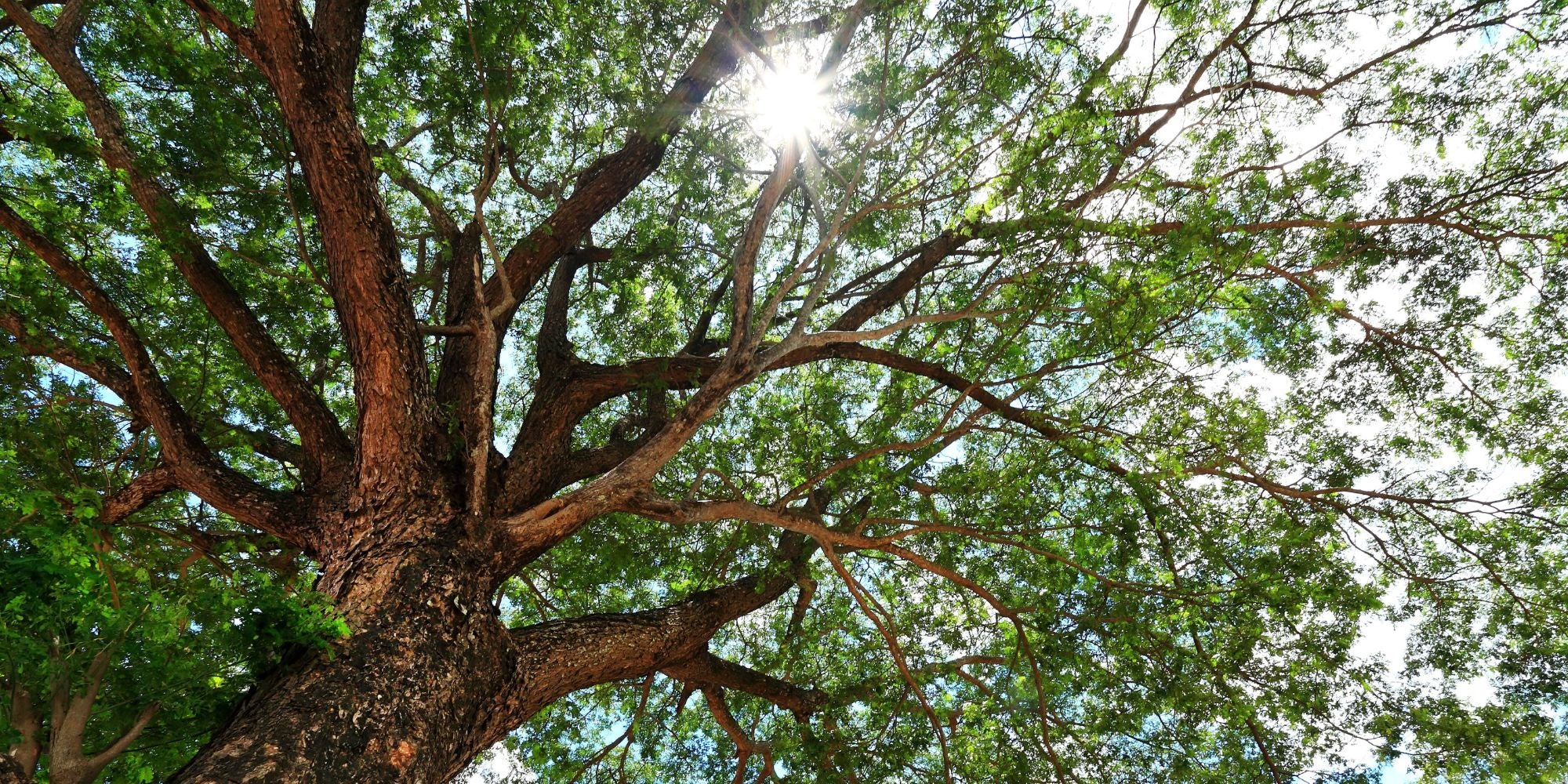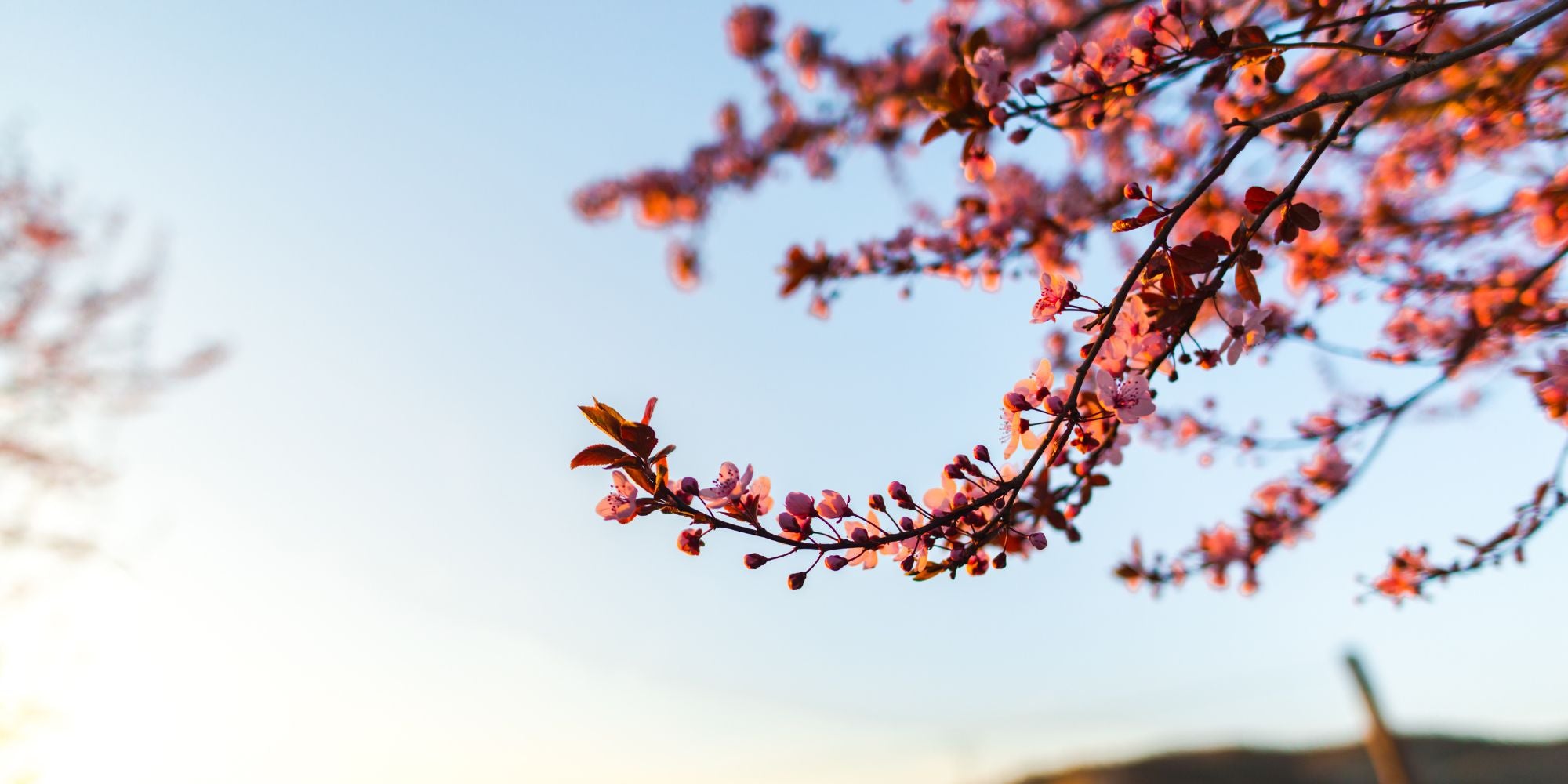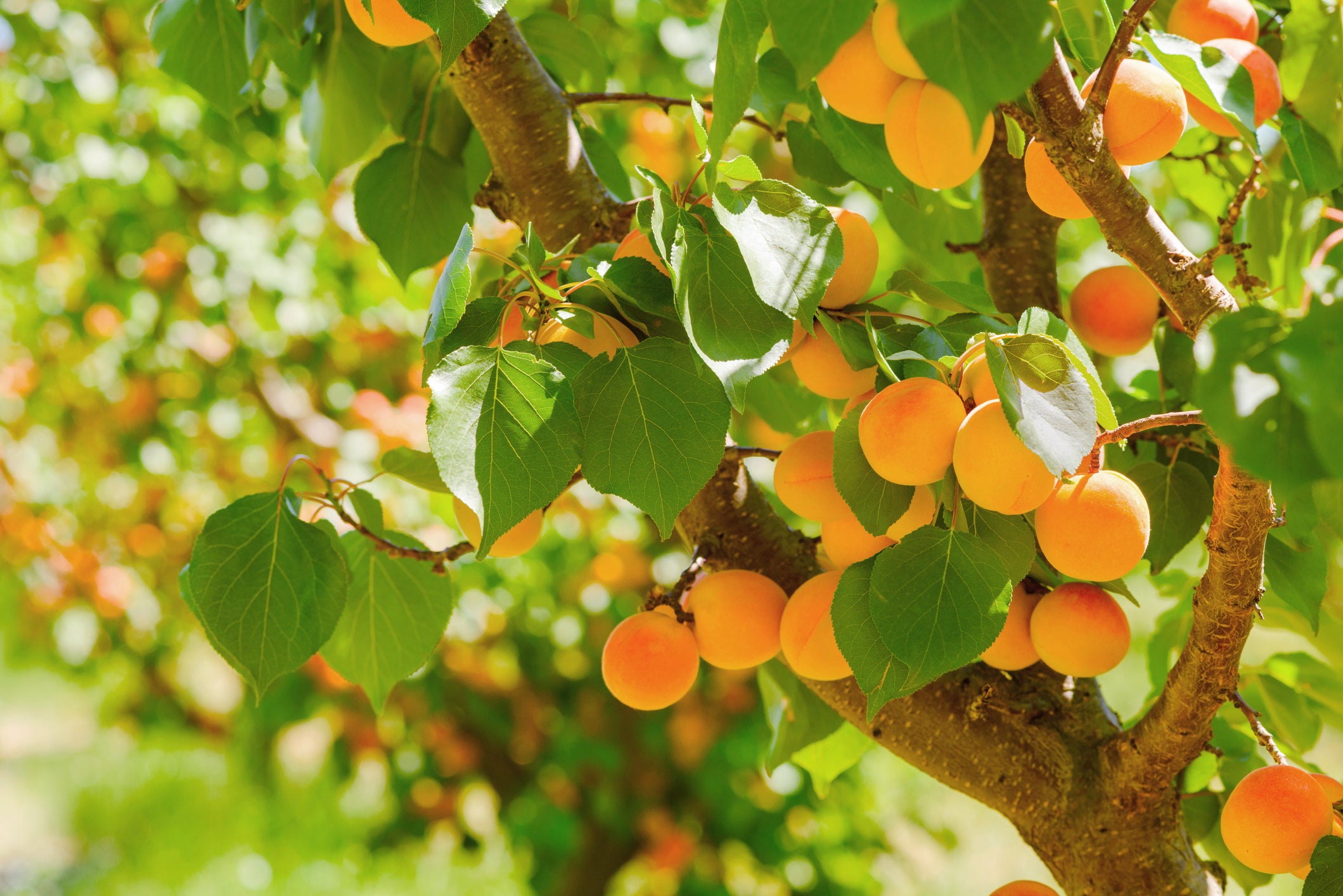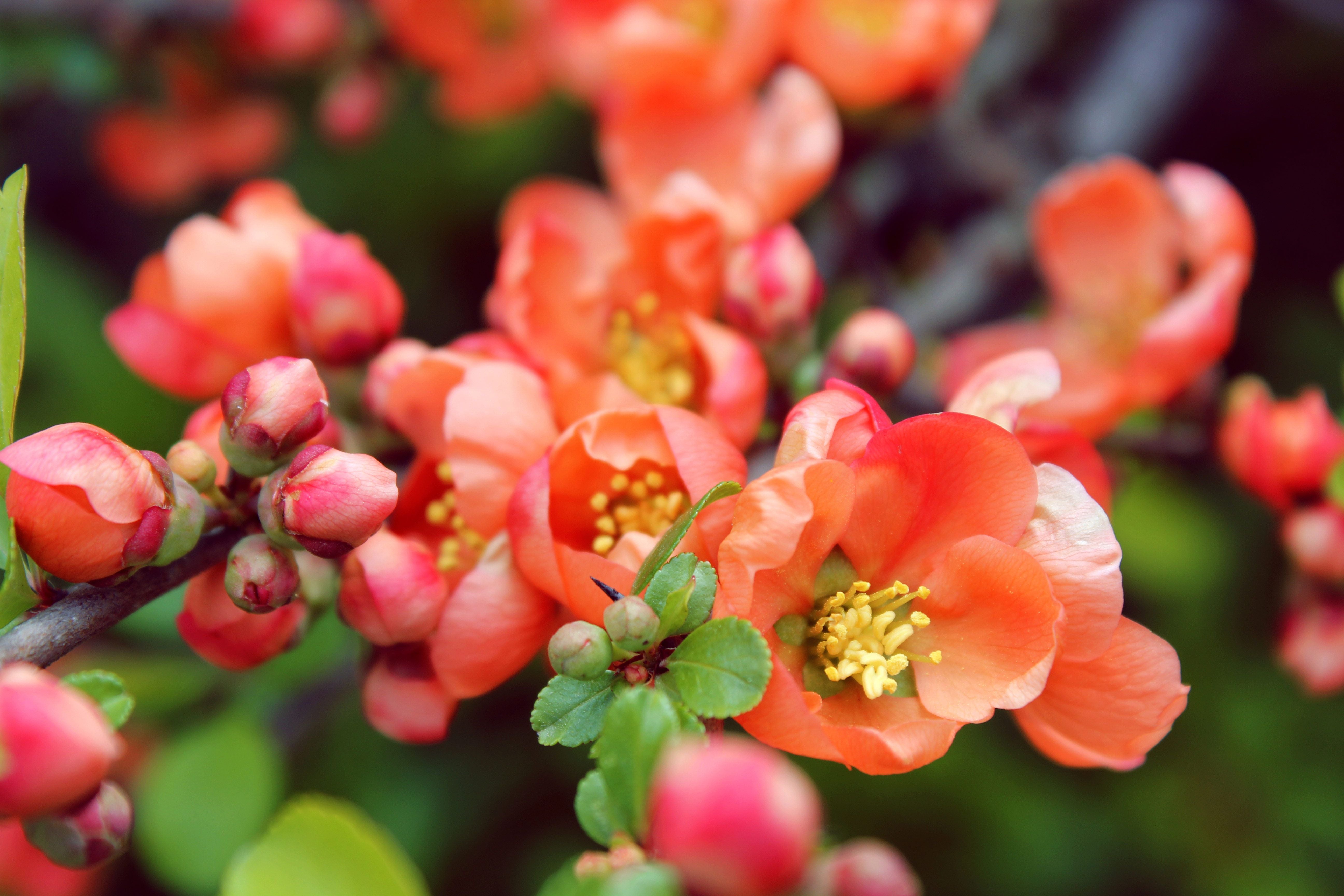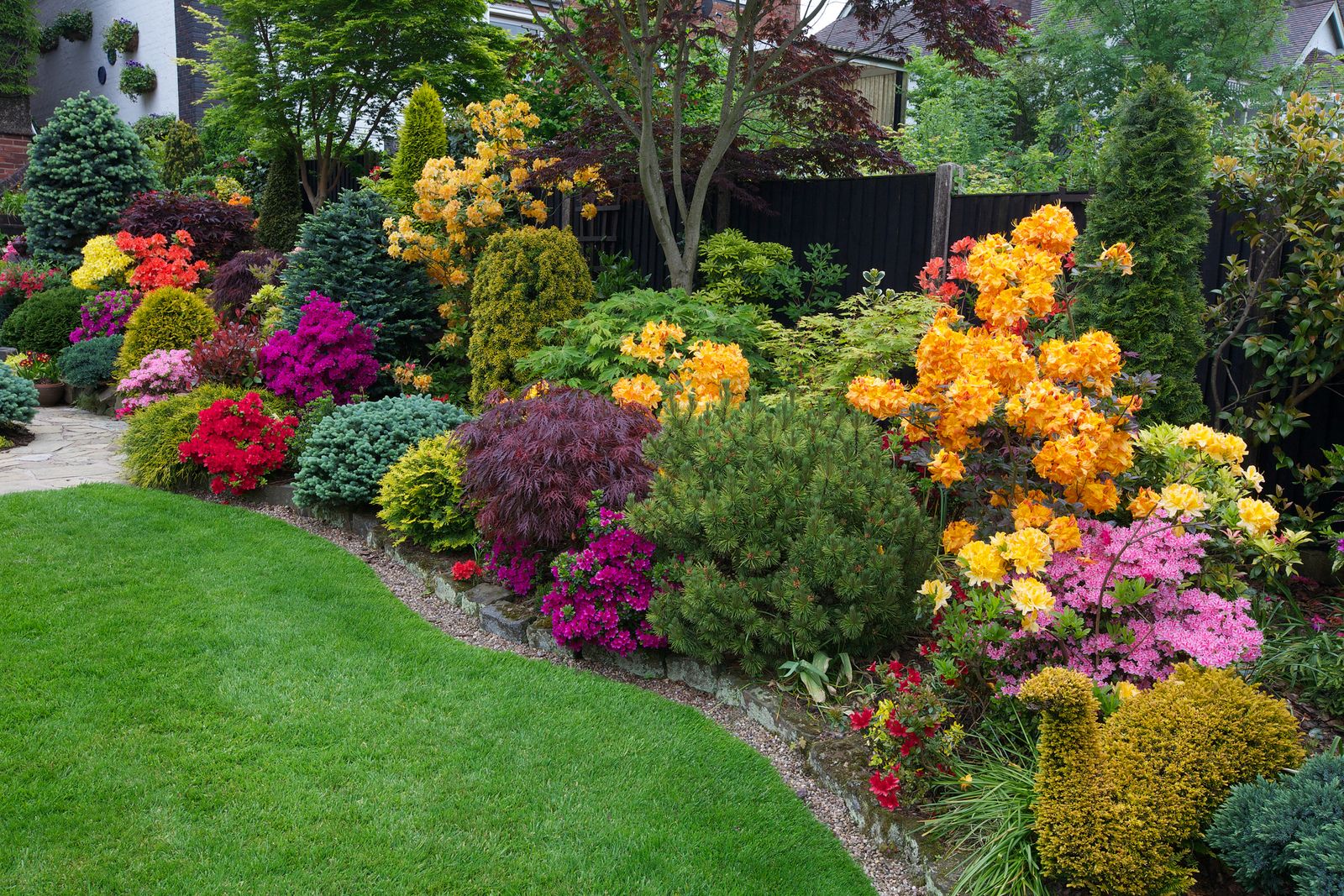The Dish on Dirt
Beginner and experienced gardeners alike have all had their share of plants perish regardless of the care and time they put into them. You can water them daily, fertilize them, make sure they have enough sun light, heck you might even sing to your plants, yet they still have the audacity to go an die on you. So what are you doing wrong? If you ruled out all of the above, maybe it's time to look into what type of soil you have.
There are many different soil types and just like people with music, plants have different preferences, and we are not here to judge.
Let's "dig" into what soil type is defined by before we go any further.A soil type is defined by granule size, drainage, and amount of organic material in the soil. The three main soil types are sand, loam and clay. Sand has the largest particle size, no organic matter, little to no fertility, and drains rapidly. Clay, at the opposite end of the spectrum, has the smallest particle size, can be rich in organic matter, fertility and moisture, but is often unworkable because particles are held together too tightly, resulting in poor drainage when wet, or is brick-like when dry. The optimum soil type is loam, which is the happy median between sand and clay: It is high in organic matter, nutrient-rich, and has the perfect water holding capacity.
You will often hear loam referred to as a sandy loam (having more sand, yet still plenty of organic matter) or a clay loam (heavier on the clay, yet workable with good drainage.) The addition of organic matter to either sand or clay will result in a loamy soil. Still not sure if your soil is a sand, clay, or loam? Try this simple test. Squeeze a handful of slightly moist, not wet, soil in your hand. If it forms a tight ball and does not fall apart when gently tapped with a finger, your soil is more than likely clay. If soil does not form a ball or crumbles before it is tapped, it is sand to very sandy loam. If soil forms a ball, then crumbles readily when lightly tapped, it's a loam. Several quick, light taps could mean a clay loam.

 Sandy Soil
Sandy Soil
Sandy Soil is light, warm, dry and tends to be acidic and low in nutrients. Sandy soils are often known as light soils due to their high proportion of sand and little clay (clay weighs more than sand).
These soils have quick water drainage and are easy to work with. They are quicker to warm up in spring than clay soils but tend to dry out in summer and suffer from low nutrients that are washed away by rain.
The addition of organic matter can help give plants an additional boost of nutrients by improving the nutrient and water holding capacity of the soil.
Advantages of Sandy Soils:
- Warms up quickly in the spring
Disadvantages of Sandy Soils
- Dries out quickly in the summer
- Nutrients and water often leech away especially with rainfall
- Often acidic
Managing Sandy Soil
When it comes to sandy soils, apply less water and fewer fertilizers, but more often, to produce the best results. You can also amend your soils with organic matter that will improve the soil’s ability to hold onto nutrients. To improve organic matter, incorporate compost, carbon-rich sources of fertilizers, and materials rich in soil microbes

 Clay Soil
Clay Soil
Clay Soil is a heavy soil type that benefits from high nutrients. Clay soils remain wet and cold in winter and dry out in summer. These soils are made of over 25 percent clay, and because of the spaces found between clay particles, clay soils hold a high amount of water. Because these soils drain slowly and take longer to warm up in summer, combined with drying out and cracking in summer, they can often test gardeners.
Clay soils are the heaviest of soil types and are often considered the hardest to work with. They hold onto water and often take longer to warm in the spring. Soil compaction and cracking is also a big risk of clay soils. Ultimately this doesn’t just look ugly - but it also keeps plant roots from breaking through hard layers of clay. But, unlike sandy soils, clay soils are rich with nutrients! With clay soils, nutrients are stored for much longer and have a tendency not to leech away.
Advantages of Clay Soils
- Clay soils hold onto nutrients so the plant has the food it needs
- Great for growing things that need a lot of water
Disadvantages of Clay Soils
- Holds onto water, slow to drain
- Slow to warm in the spring
- Compacts easily
- Tends to be alkaline
Managing Clay Soil
Clay soils can be one of the toughest types to manage, but with the right management techniques, you can improve the overall quality of your soil.
When it comes to turf - aerating your soils each fall reduces soil compaction. Utilizing products that are rich in soil microbes will help your soils breakdown nutrients, and build roots that can more easily penetrate tough clay layers.
When it comes to your garden beds or agricultural crops - amend your soils with compost and products rich in soil microbes to improve organic matter. And, avoid compaction by not working on the soil when wet. Lastly, consider using a cover crop during the cool season.

 Silt Soil
Silt Soil
Silt Soil is a light and moisture retentive soil type with a high fertility rating. As silt soils compromise of medium sized particles they are well drained and hold moisture well. As the particles are fine, they can be easily compacted and are prone to washing away with rain. By adding organic matter, the silt particles can be bound into more stable clumps.
More fertile than sandy soils, silty soil is the intermediary between sandy and clay soils. Silty soils have a greater tendency than other types to form a crust.
When dry, silty soils feel floury to the touch, but when wet, you can easily form balls in your hand.
Advantages of Silty Soils
- Fertile soils that hold onto nutrients better than sandy soils
- Better water holding capacity than sandy soils
- Easier to work with than clay soils
Disadvantages of Silty Soils
- Water filtration can be poor
- Has a greater tendency to form a crust
- Can become compact and hard
Managing Silty Soil
Avoid working with silty soils when wet to reduce your risk of compaction. Increase the soil organic matter by utilizing compost and soil microbe-rich products.

 Peat Soil
Peat Soil
Peat soil is high in organic matter and retains a large amount of moisture.
This type of soil is very rarely found in a garden and often imported into a garden to provide an optimum soil base for planting.

 Chalk Soil
Chalk Soil
Chalk soil can be either light or heavy but always highly alkaline due to the calcium carbonate (lime) within its structure. As these soils are alkaline they will not support the growth of ericaceous plants that require acidic soils to grow.
If a chalky soil shows signs of visible white lumps then they can’t be acidified and gardeners should be resigned to only choose plants that prefer an alkaline soil.

 Loam Soil
Loam Soil
Loam soil is a mixture of sand, silt and clay that are combined to avoid the negative effects of each type.
These soils are fertile, easy to work with and provide good drainage. Depending on their predominant composition they can be either sandy or clay loam.
As the soils are a perfect balance of soil particles, they are considered to be a gardeners best friend, but still benefit from topping up with additional organic matter.
Considered the most fertile of soil type, loamy soils are a combination of sandy, clay and silt particles. The clay and silt particles improve moisture retention while the sand minimizes compaction and improves drainage. Loamy soils don’t get dried out in the summer, but also don’t get water-logged in winter.
Advantages of Loamy Soils
- Drought resistant due to water-holding capacity
- Faster to warm up in the spring, compared to clay
- Can hold nutrients, making soils fertile
- Good infiltration of air and water
Disadvantages of Loamy Soils
- Depending on how your soil was formed, some loamy soils can contain stones that may affect harvesting of some crops.
Managing Your Loamy Soil
While loamy soils are ideal whether you are growing crops, flowers or turfgrass, all soils need to be managed in order to maintain or improve soil health. Adding products rich in soil microbes is key to promoting a robust soil ecosystem.


